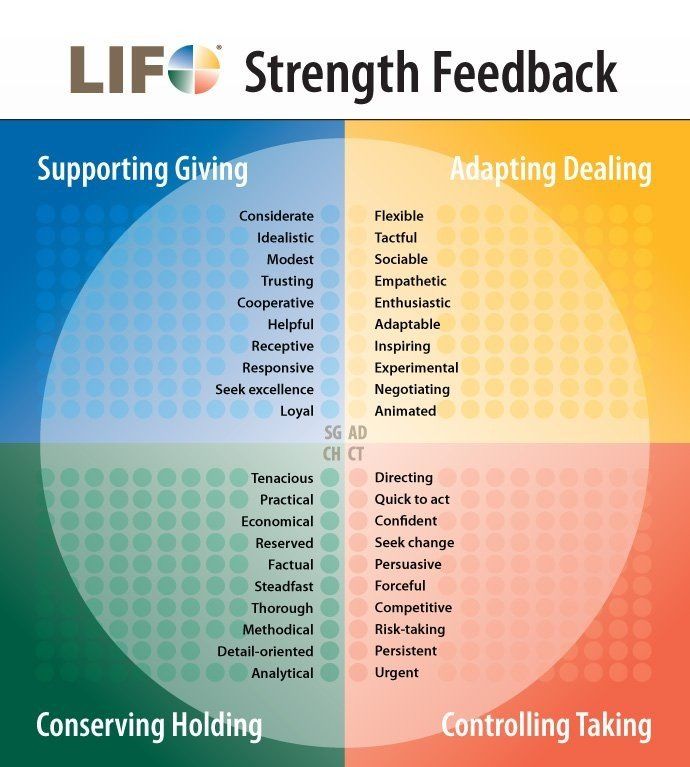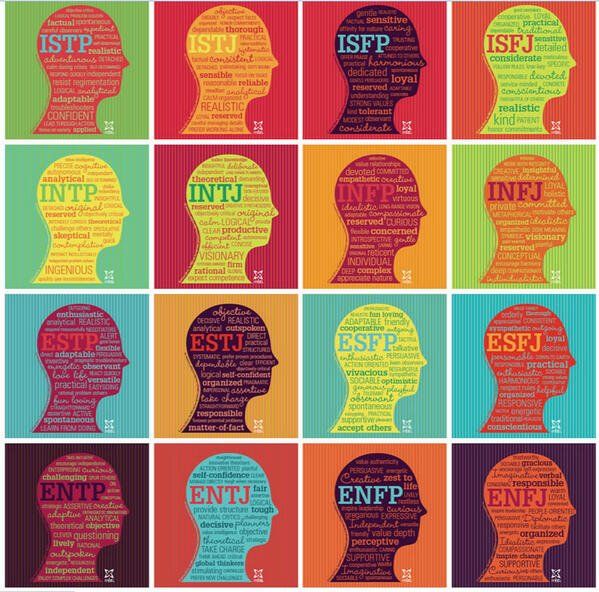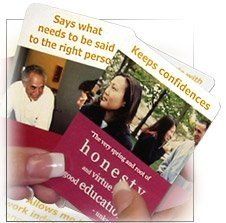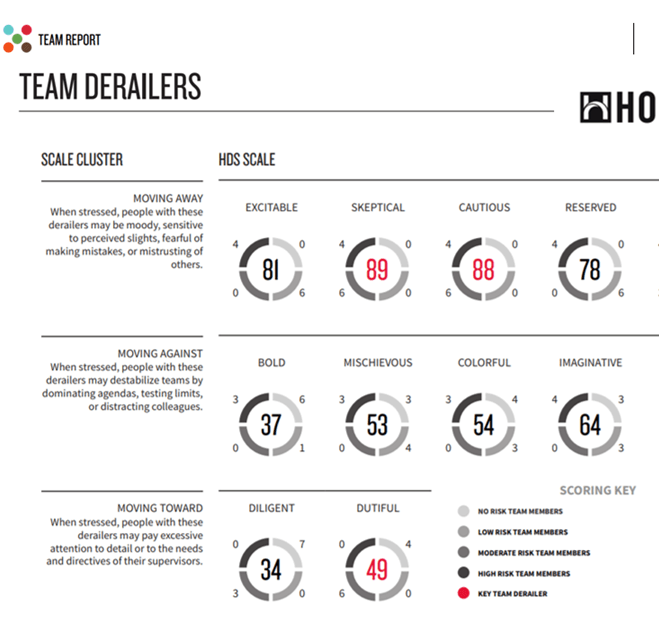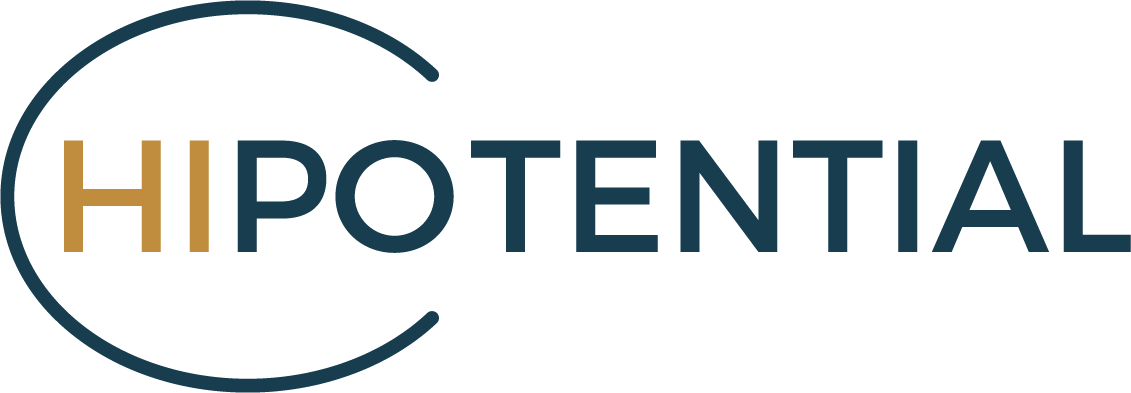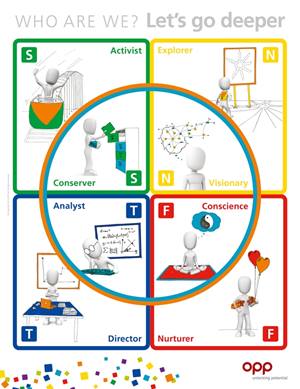What characterizes high performing teams? Do similar children play best?
Or do differences promote development and change? With the support of research and best practice, we recommend to ensure that the team does not become too homogenous, both in terms of competence and personality. The differences will be able to contribute to good discussions and dialogues to ensure that problems are seen from different points of view, which in turn can contribute to better problem solving and more innovative thinking.
Good dialogues and discussions however, requires an openness and trust in the team which often does not come by itself. This requires effort from both the team leader and the team as a whole. Organized team building workshops are often very helpful in this regard. The team members then work both with self-insight for the individual and self-view (how I appear to others), as well as with the understanding that differences can actually benefit the team. We coach them in taking each other's needs into account, and use the differences to promote good discussions and new thinking.
“When trust is low, communication requires much more time and effort, mistakes are made, creativity and energy drop. The confidence that trust brings to individuals, teams, or a company motivates and releases amazing potential.” Gloria Bader, Badergroup
Trust is key

always his opinion and does not tell about things that have gone wrong. Bad decisions are often the result of teams where members do not openly express their opinions. One
Tests and instruments suitable for team development
